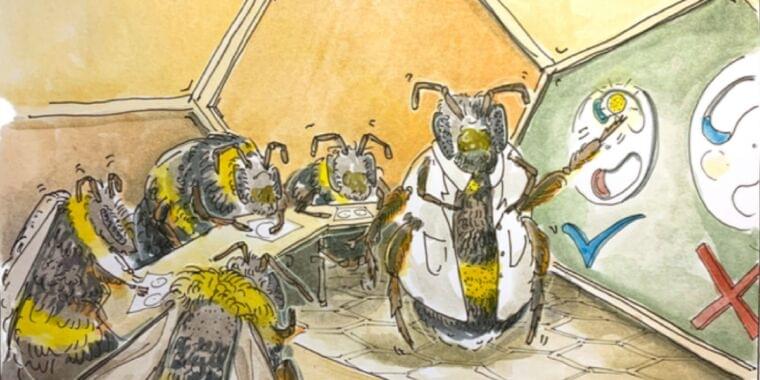Mar 23, 2023
Lab-Grown Brain Learns Pong — Is This Biological Neural Network “Sentient”?
Posted by Dan Breeden in categories: biological, robotics/AI
A leading neuroscientist claims that a pong-playing clump of about a million neurons is “sentient”. What does that mean? Why did they teach a lab-grown brain to play pong? To study biological self-organization at the root of life, intelligence, and consciousness. And, according to their website, “to see what happens.”
CORRECTIONS/Clarifications:
- The cells aren’t directly frozen in liquid nitrogen — they are put in vials and stored in liquid nitrogen: https://www.atcc.org/products/pcs-201-010
- The sentience of some invertebrates, like octopuses, is generally agreed upon. Prominent scientists affirmed non-human consciousness in the Cambridge Declaration on Consciousness: https://philiplow.foundation/consciousness/
Continue reading “Lab-Grown Brain Learns Pong — Is This Biological Neural Network ‘Sentient’?” »


















